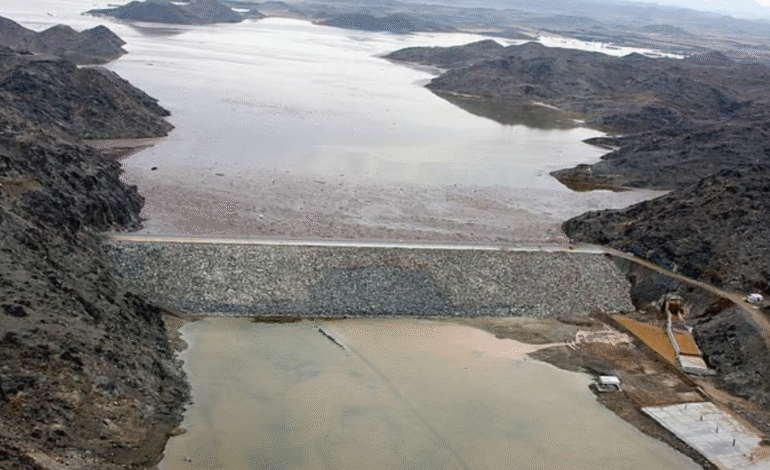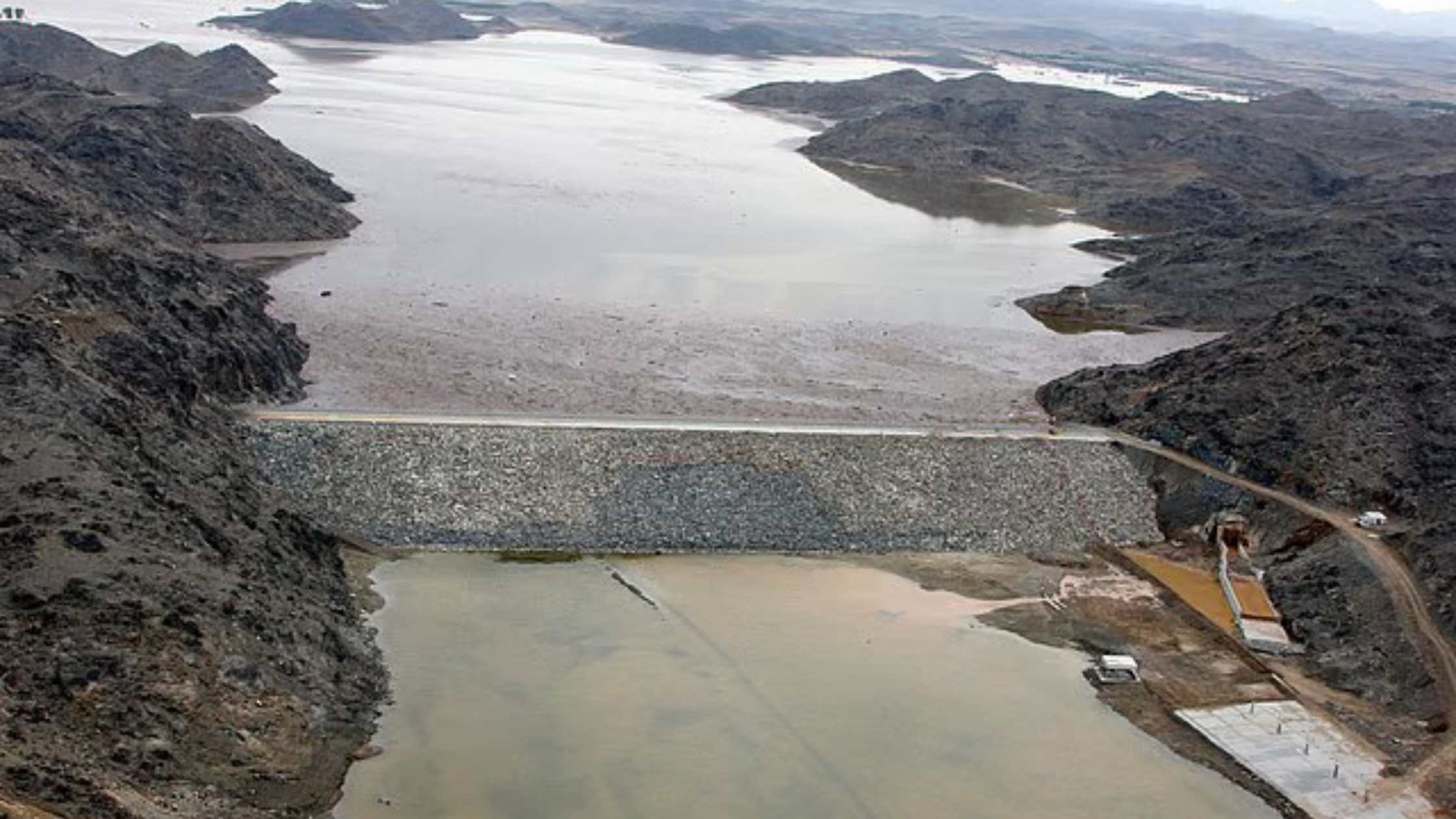Saudi Arabia’s 1,000 Rainwater Dams Boost Vision 2030 Sustainability

Imagine a desert nation leading the charge in water sustainability and environmental resilience. Saudi Arabia is doing just that with its groundbreaking plan to construct 1,000 rainwater harvesting dams, announced by Minister of Environment, Water, and Agriculture Abdulrahman Al-Fadley. This ambitious initiative, a cornerstone of Saudi Vision 2030, aims to capture 4 million cubic meters of rainwater annually, transforming how the Kingdom tackles water scarcity. For UAE and Middle East readers, this story is a powerful reminder of how innovation can reshape arid landscapes.
Rainwater Harvesting Dams: A Bold Step Toward Sustainability
Saudi Arabia’s commitment to build 1,000 rainwater harvesting dams marks a pivotal moment in its environmental transformation. These dams, set to be constructed across regions like Makkah, Riyadh, Asir, and Jazan, will collectively harvest 4 million cubic meters of rainwater each year. This water will play a critical role in recharging groundwater aquifers, supporting agricultural growth, and restoring natural ecosystems in a country where rainfall is scarce but vital. Building on the Kingdom’s existing 552 dams, which hold 2.65 billion cubic meters, this project will significantly boost water security for communities, farms, and wildlife.
The initiative is part of the Saudi National Water Strategy 2030, which prioritizes sustainable management of water resources. By capturing runoff during rainy seasons, the dams reduce reliance on desalinated water, which currently supplies 75% of Saudi Arabia’s needs. This not only ensures water availability but also cuts energy use in desalination, aligning with global sustainability goals. For UAE audiences, this mirrors efforts like Dubai’s DEWA sustainability programs, highlighting how Gulf nations are pioneering green innovation. The dams also support ecosystem restoration, helping combat desertification and preserve biodiversity, a shared priority across the Middle East.
National Environment Strategy: Driving Vision 2030
The rainwater harvesting dams are a key pillar of Saudi Arabia’s National Environment Strategy, a transformative framework under Saudi Vision 2030. Launched to overhaul environmental policy, regulation, and infrastructure, the strategy is accelerating progress in water management, environmental protection, and sustainable development. Speaking at a Riyadh press briefing, Minister Al-Fadley emphasized how this agenda is reshaping the Kingdom’s future, making it a global model for environmental stewardship.
The strategy includes robust environmental governance, with new regulations for waste management, meteorology, and environmental protection—many implemented for the first time in Saudi history. Five specialized environmental centers have been established to drive research and innovation, while the region’s largest environmental fund is financing green projects and encouraging private-sector investment. Enforcement has ramped up, with 173,000 environmental inspections, 456 licenses issued to service providers, and a 660% increase in permits since the National Center for Environmental Compliance was founded. Air quality is now monitored nationwide via 240 stations, supported by advanced meteorological forecasting systems. These efforts position Saudi Arabia as a leader in Middle East sustainability, inspiring UAE initiatives like Masdar’s renewable energy projects.
Saudi Green Initiative: A Thriving Ecosystem
The Saudi Green Initiative is another game-changer, aligning with the rainwater dams to enhance environmental resilience. Launched under Vision 2030, the initiative aims to plant 10 billion trees and rehabilitate 40 million hectares of degraded land. To date, 151 million trees have been planted, and 500,000 hectares of land restored, breathing new life into Saudi Arabia’s landscapes. The number of national parks has skyrocketed from 18 to over 500, with 18% of terrestrial areas and a 260% increase in marine protected zones now safeguarded. Over 8,000 endangered species, including Arabian oryx and houbara bustards, have been reintroduced to their native habitats, boosting biodiversity.
For UAE readers, this echoes initiatives like Abu Dhabi’s Mangrove Walk and Dubai’s wildlife sanctuaries, showing how Gulf nations are prioritizing green spaces. The Saudi Green Initiative also fosters community engagement, with millions participating in tree-planting drives, a model for UAE’s Year of Sustainability campaigns. These efforts not only combat climate change but also create eco-tourism opportunities, drawing visitors to Saudi Arabia’s revitalized landscapes.
Water Sustainability: A Global Benchmark
Saudi Arabia’s advancements in water sustainability are earning international acclaim. The Kingdom has doubled its water production since 2016 to 16.6 million cubic meters per day, with 75% from desalination, making it the world’s largest producer of desalinated water. Strategic water storage capacity has surged by 600%, ensuring supply to 22,000 population centers, including remote mountain communities at 3,000 meters elevation. Reused water has risen from 251 million to 550 million cubic meters, now accounting for 32% of total water use, a leap driven by the National Center for Water Efficiency and Conservation.
Energy consumption in the water sector has dropped by 50%, thanks to cutting-edge efficiency programs. These achievements have positioned Saudi Arabia as a global model for Sustainable Development Goal 6 (clean water and sanitation), as recognized at the UN Water Conference. Completed water projects, valued at over SR230 billion, include SR10 billion in public infrastructure and SR45 billion in private-sector partnerships. For UAE audiences, this mirrors Dubai’s Deep Tunnel Stormwater System, underscoring regional leadership in water innovation.
Food Security and Agricultural Growth
The rainwater harvesting dams also bolster food security, a priority under Vision 2030. Saudi Arabia’s agricultural GDP has reached SR118 billion, up 8% from last year and 39% since 2020. Domestic food production stands at 12 million tonnes, with the Kingdom achieving 100% self-sufficiency in dates, milk, and eggs, and high sufficiency in vegetables and poultry. As the world’s leading date exporter, Saudi Arabia’s agricultural prowess is a source of national pride.
The dams will provide irrigation water to farms, supporting crops like wheat, barley, and citrus, and reducing reliance on groundwater. This aligns with UAE’s hydroponic farming initiatives, showing how Gulf nations are securing food supplies in arid climates. By integrating smart agriculture technologies, Saudi Arabia is boosting yields while conserving resources, a model for Middle East food security. [Source: Saudi Press Agency, August 2025]
Why This Matters for UAE and Middle East Audiences
Saudi Arabia’s rainwater harvesting dams and Vision 2030 initiatives are more than national milestones—they’re a beacon for the Middle East. As a regional leader, the Kingdom’s focus on water sustainability, environmental resilience, and food security inspires UAE efforts like Dubai’s Sustainable City and Abu Dhabi’s Estidama program. The projects also open doors for UAE-Saudi collaboration in green technology, renewable energy, and eco-tourism, strengthening Gulf ties.
For UAE readers, this story highlights the power of innovation in tackling shared challenges like water scarcity and climate change. It’s a call to action to support sustainability initiatives, whether through community tree-planting or advocating for green policies.
Get Involved and Stay Inspired
The 1,000 rainwater harvesting dams are just the beginning of Saudi Arabia’s green revolution. Whether you’re in Dubai, Abu Dhabi, or anywhere in the Middle East, this is your chance to follow a transformative journey.
Plan Your Engagement:
- Follow: Stay updated via Saudi Green Initiative’s official channels (@SaudiGreenInitiative).
- Explore: Learn about UAE’s sustainability efforts on hammermindset.com.
- Act: Join local tree-planting or water conservation campaigns in the UAE.
Saudi Arabia’s Vision 2030 is proof that bold ideas can transform deserts into thriving ecosystems. Let’s draw inspiration and build a sustainable Middle East together!







